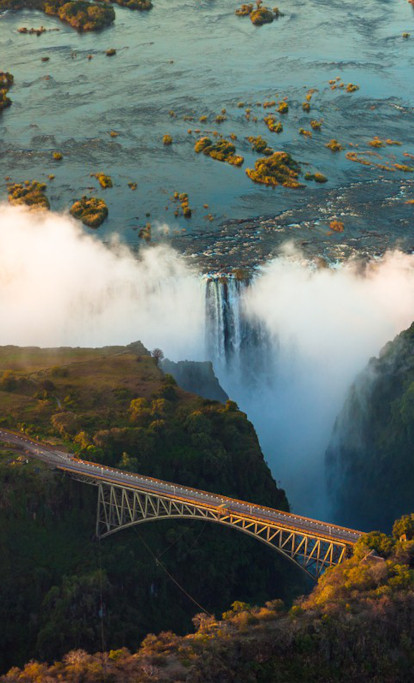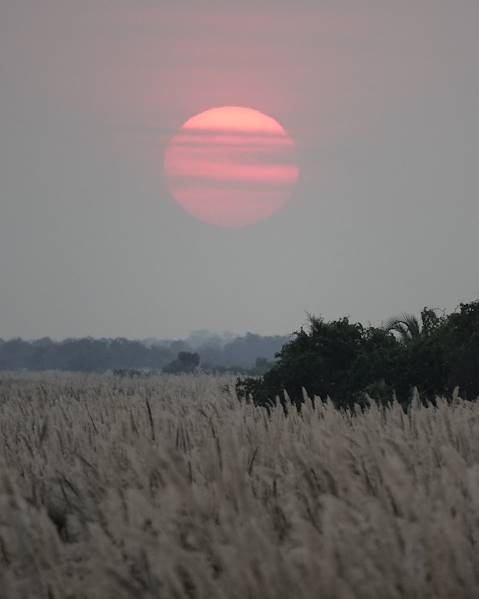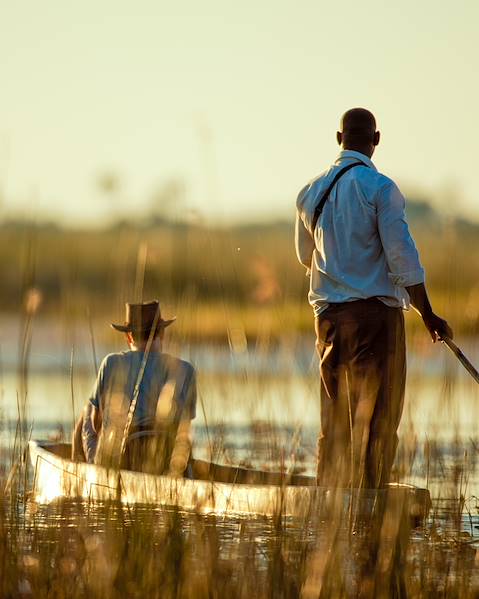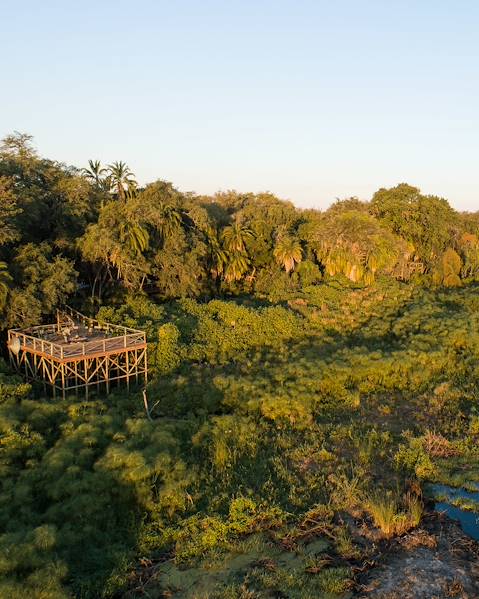Intrepid explorers, family travellers and lovers of luxury have all long been captivated by Zimbabwe’s natural beauty. Home to 11 national parks, 350 species of mammals and half of Victoria Falls, this country guarantees adventure whether you’re trekking in the misty Eastern Highlands or taking a romantic cruise along the Zambezi. For tips on how you can make the most of your trip, read on for our list of things to know before travelling to Zimbabwe.
Weather
Zimbabwe is generally a warm country, and temperatures can climb to 35 and even 40°C during the warmest months of September and October. Don’t forget to bring a sun hat and plenty of sun cream, and consider bringing a light, long-sleeved shirt to protect you from the sun at peak times. Even in the coldest months of June and July, daytime temperatures will be between 20 and 25°C, but remember that the temperature will drop dramatically at night. If you’re planning to go on safari while you’re in Zimbabwe, bring warmer clothing such as fleeces and long trousers to keep you cosy during those early morning and evening game drives. Rainy season in Zimbabwe is between late November and March, and this is typically not the best time for game drives as it’s more difficult to spot the animals. However, February is an excellent month for birdwatching, and travelling during low season means you will see the country’s landscape at its greenest and least crowded.
Safety
One of the most important things to know before travelling to Zimbabwe is how to stay safe. Zimbabwe is generally safe for tourists, but petty crimes such as mugging and pickpocketing occur frequently in cities. It’s therefore important to remain vigilant, keep valuables close to you, and avoid flashing money or expensive items. Be particularly cautious of scams. If anyone approaches you asking to see your legal papers or documents, request identification before handing anything over. If anyone offers to help you avoid fees or legal processes, don’t engage with them.
Zimbabwe’s National Parks are usually very safe as vehicles are registered upon entry and exit, and they’re often located far from villages and cities. When inside the parks, always follow instructions from your guide to keep you and the wildlife safe, and be wary of baboons pinching your belongings.
Must See’s in Zimbabwe
It goes without saying that Zimbabwe’s must-see attraction is Mosi-oa-Tunya (Victoria Falls, a UNESCO World Heritage Site and one of the world’s Seven Natural Wonders). This magnificent natural site is the largest waterfall in the world, and its local name translates to ‘the smoke that thunders’, referring to the magical smoky effect created by the water’s spray. But these famous falls aren’t all Zimbabwe has to offer. Nearby, you’ll find Hwange National Park, along with Mana Pools National Park in the country’s far north. Both parks are exceptional places for spotting wildlife, offering different but equally special experiences. Hwange is easily reached by road from Victoria Falls and is the perfect destination for a classic safari with a chance to see the legendary Big Five (lions, leopards, rhinos, elephants and buffalo). If adventure is your thing, hop on a light aircraft to the romantic Mana Pools, ready to explore stunning landscapes on foot, by canoe or in a vehicle.
With so much natural beauty to see, it’s easy to forget what Zimbabwe has to offer culturally. Great Zimbabwe is located in the country’s south and is the largest collection of ruins south of the Sahara. Remnants of a medieval city that belonged to a wealthy African empire, this UNESCO World Heritage Site is a must-visit for any lover of history and archaeology.
Customs and Culture
Zimbabweans are very warm and friendly, but there are a few things to bear in mind when travelling in the country. Different social and ethnic groups have their own customs and behaviours, but one thing to remember is that politeness is key. It’s understandable that you’ll want to take lots of fabulous photographs during your trip, but just like at home, it’s polite to ask permission before photographing people or posting pictures of them. Older people are considered to be of a higher status, so remember to be particularly respectful towards them. This means refraining from disagreeing with them and lowering your head and body slightly when you greet them. You don’t need to remove your shoes when visiting people’s homes in Zimbabwe, but make sure to remove your hat. Throughout the country, gift-giving is a big part of the culture, so if you are lucky enough to receive a gift, don’t refuse it as this can be considered rude. One last thing to note is that gratitude and thanks are often expressed non-verbally; Zimbabwean people clap twice to say thank you, so don’t be surprised if you receive a little applause when passing someone something or giving a gift.
What to Wear in Zimbabwe
For wildlife-focussed trips such as safaris, wear neutral-coloured clothing to help you blend in with the bush, but don’t be tempted to bring anything in camouflage print – wearing military-style clothing isn’t permitted in Zimbabwe. When you’re not trekking through the grasslands or taking 4x4 rides to watering holes, wear modest clothing that covers your shoulders and stomachs, particularly if you’re visiting a village or rural spot. You can dress a little more freely in urban areas, hotels and resorts, though covering your arms and legs in the evenings is still a good idea to protect you from insect bites. Feel free to wear bright colours – Zimbabwe is a casual but colourful nation – but if you want to avoid the nasty bite of the tsetse fly, steer clear of dark blue and black at all times.
















